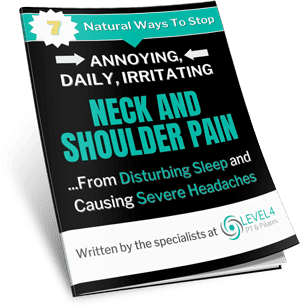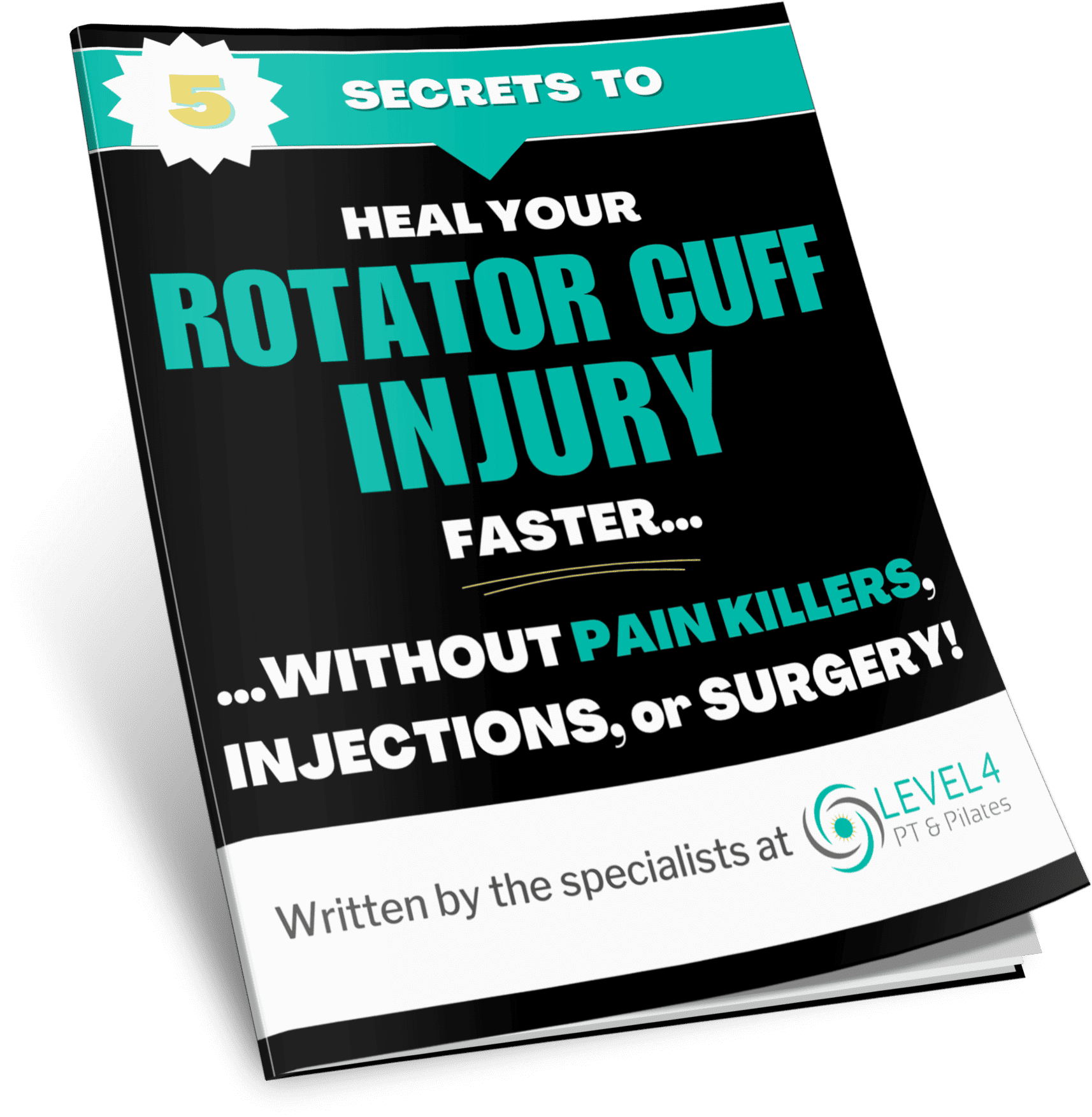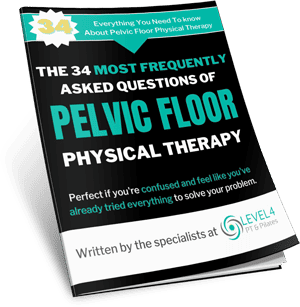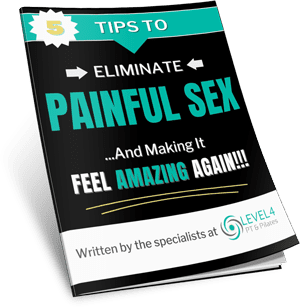
This weekend both our daughters (Sophia and Alexa) participated in the same local soccer tournament. One of their teammate’s mother asked me a very common question we get asked in the clinic almost on a daily basis. Her question was:
“Dr. Oscar, my daughter was complaining of her hamstring muscle hurting after the soccer game yesterday and throughout the night. We kept her leg elevated and iced the back of her leg throughout the evening and again this morning – but she is still complaining that the her leg hurts when she tries to walk. Should I use ice or heat for her pain?”
Have you always wondered this too?
Did you have a weekend tennis match or an intense workout left you feeling stiff and sore? Or did you happen to trip on a step and hit your knee or twisted your ankle? Did a simple game of catch with your child leave your shoulder throbbing? When these and other common little aches and pains of life appear, many people reach for a heating pad or an ice pack.
Ice packs and heating pads are among the most commonly used treatments for pain and injuries. Of course, you can also use these quick, effective strategies to alleviate the pain – the trick is knowing whether cold or heat is the best choice to relieve your pain.
There seems to be a lot of confusion about which one is better or which instance to use one or the other. Often, it depends on a specific situation for which is the best.
So which one is the right one to use for your injury, ice or heat? And how long should the ice or heat treatments last? It doesn’t take a scientist to realize that hot versus cold therapies are like night and day, so of course they provide different benefits. Read on for information about treatment of injuries with ice packs and heating pads.
The Benefits of Ice for Pain
The use of ice allows blood vessels to constrict, decreasing blood flow and inflammation. This reduces the flexibility of the tissue and as a result, reduces pressure on tissue due to inflammation and slows nerve firing. Thus, you feel less pain.
The best time to use ice as a means of pain reduction is when you have large amounts of inflammation or swelling due to an acute injury, increased pain, extreme muscle soreness, and following a workout in areas of chronic injury.
There are several ways to use ice depending on the affected area. These include, ice packs, frozen vegetable bags, and ice baths. The typical timing for icing an affect area is no longer than 20 minutes, and if there is direct ice to skin contact, 15 minutes or less would be preferable to reduce chances of ice-burn. Following an icing session, a minimum of 40 to 60 minutes of no ice should follow.
Ice is great for fresh injuries. It provides pain relief against inflammation. It soothes swollen tissues. When you get injured, the white blood cells release chemicals that cause greater blood-flow and hence the tissues appear swollen, red and hot. Icing is a great way to numb the pain caused by swelling. Research shows us that when the temperature of the swollen area is brought down to 60 degrees Fahrenheit, nerve conduction is lowered – thus creating a drug-free pain-relieving effect.
If not used right, icing can actually aggravate pain.
Ice is NOT at all good for muscles that are stiff, tight, and spasming. The ice will potentially cause the muscles to tighten more.
But what about ice baths or full body cryotherapy chambers?
Cryotherapy
It’s not uncommon to see athletes, fitness enthusiasts, and weekend warriors jumping into an ice bath after physical activity.
Also called cold water immersion (CWI) or cryotherapy, the practice of taking a 10 to 15-minute dip in very cold water (50-59°F) after an intense exercise session or competition is believed to help reduce muscle pain and soreness.
The practice of using ice baths to relieve sore muscles goes back decades. But a 2017 study may throw a wrench in that belief.
The recent study suggests that the previous ideas about ice bath benefits for athletes is flawed, and that there’s no benefit to sore muscles.
One important thing to note with this study is that it does argue that an active recovery — such as 10 minutes of low-intensity exercise on a stationary bike — is just as good for recovery as CWI.
There will always be research that will support both sides of this debate. Although much of the research is inconclusive, many experts in the professional sports field still believe in using ice baths.
So, my recommendation is that it’s important that you use your best judgement and remember, cryotherapy is primarily a pain-reliever. It will not repair tissue.
The Bottom Line
The research questioning the benefits of ice baths is limited. Many experts still see value in using CWI post-workout with avid exercisers and athletes.
If you choose to use ice baths as a form of recovery after an athletic event or intense training session, make sure to follow the recommended guidelines, especially time and temperature.
When Not to Use Ice
Cold is not suitable if:
- There is a risk of cramping, as cold can make this worse
- The person is already cold or the area is already numb
- There is an open wound or blistered skin
- There is an open wound or blistered skin
- The person is hypersensitive to cold
Ice should not be used immediately before activity.
It should not be applied directly to the skin, as this can freeze and damage body tissues, possibly leading to frostbite.
The Benefits of Heat for Pain
Heat is excellent for muscle pain, stiffness, stress and chronic pain. It helps to loosen and relax the muscles. It also alleviates tension and heat. Heat calms the nervous system. That’s the reason why a hot bath feels so good after a particularly stressful, nerve-wracking day.
Heat therapy is usually more effective than cold at treating chronic muscle pain or sore joints caused by arthritis.
Types of heat therapy
Types of heat therapy include:
- Applying safe heating devices to the area. Many heat products are available for purchase online, including electrical heating pads, hot water bottles, hot compress, or heat wrap.
- Soaking the area in a hot bath, between 92 and 100 degrees Fahrenheit or 33 and 37.7 degrees Celsius
- Using heated paraffin wax treatment
- Hot tub or jacuzzi
- Massages
- Medications such as rubs or patches containing capsicum, available for purchase online or at your local drugstore
Heat packs can be dry or moist. Dry heat can be applied for up to 8 hours, while moist heat can be applied for 2 hours. Moist heat is believed to act more quickly.
Heat should normally be applied to the area for 20 minutes, up to three times a day, unless otherwise indicated.
Single-use wraps, dry wraps, and patches can sometimes be used continuously for up to 8 hours.
When not to use heat
Heat is not suitable for all injury types. Any injury that is already hot will not benefit from further warming. These include infections, burns, or fresh injuries.
Heat is not suitable if:
- The skin is hot, red or inflamed. Applying heat to an inflamed area can cause even more pain.
- The person has dermatitis or an open wound
- The area is numb
- The person may be insensitive to heat due to peripheral neuropathy or a similar condition
Ask a doctor first about using heat or cold on a person who has high blood pressure or heart disease.
Excessive heat must be avoided!
This is because heating allows the blood vessels to enlarge, allowing blood to easily flow in the affected area, increasing nutrient delivery, increased removal of waste in the muscle, and increased oxygen rich blood delivery. The affected area will increase tissue flexibility and allow muscles to become pliable, as well as reduce muscle spasms.
It’s not recommended to use heat during swelling as increase fluid to the affected area could cause more pressure on the nerves, causing more pain.
During increased inflammation, such as during an acute injury, or recently following an injury (a week or 2), the increase blood flow will increase inflammation which will induce pain. It is not necessarily recommended to use heat immediately following a workout until all noticeable inflammation in the muscle has subsided.
In the case of heating or icing, it is best to know general timing guidelines and go off feel. Where direct contact with the skin during icing, for longer than 20 minutes, will cause ice burn, heating an area for longer duration may not cause direct damage, but can become highly uncomfortable. It is always recommended placing some sort of barrier between the source and your skin, such as a towel, clothing, etc.
The Bottom Line
Hot and cold therapy each have their own appropriate uses. You should never apply ice to a joint that is stiff and not moving well or an acute muscle injury, nor should you apply heat to a joint that is already hot, red, and irritated, for example.
Remember, cold helps to minimize inflammation and reduce pain, but can cause a muscle to tighten or spasm – making it feel stiff; heat helps muscles relax and also reduce pain.
So, should you use ice or heat for pain? In simple terms, use ice for new injuries to reduce pain and swelling. Use heat to tackle stiffness, soreness and for relaxing the muscles. If you fell down or banged against something and hurt your knee, shoulder or ankle use ice to dull the pain and reduce swelling. After an intense workout, a day full of not so commonly performed activities or strained muscle – use heat to loosen’ the muscles as this will facilitate movement.
It’s also important to be careful when using hot and cold therapy to manage arthritis pain, or you might end up with damage to your skin from exposure to relatively extreme temperatures.
So, there you have it. Hopefully, this information will help you make a better decision on whether you should use ice or heat for when you have pain.
Dedicated to your health,
Dr. Oscar Andalon
P.S. Here’s more information on how ANY active person can end the frustration of being left behind or in-active, and even put a stop to the ‘FEAR’ that so often comes after injury, and NOT being 100% sure if you’re even fit enough do it!

- Can Physical Therapy Help My Muscles After Having Covid? - January 26, 2022
- The Real Story Behind What’s Causing Your Sciatica - August 30, 2021
- Should I Have Surgery to Repair a Tear in My Rotator Cuff? - February 9, 2021


















